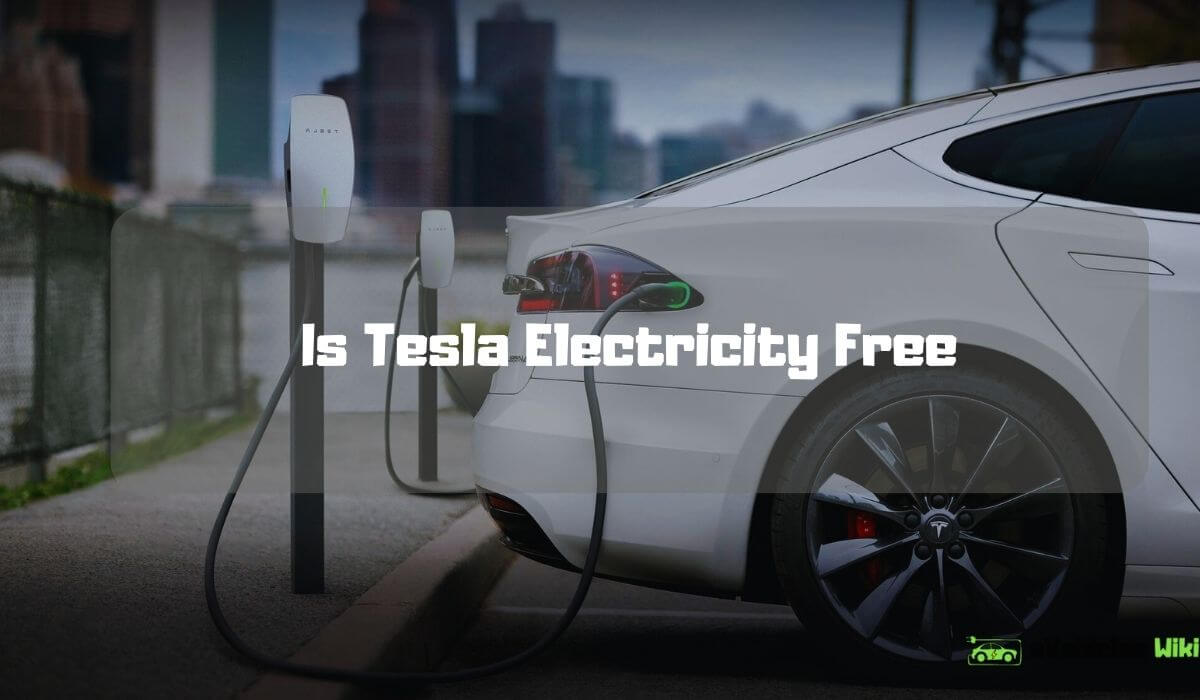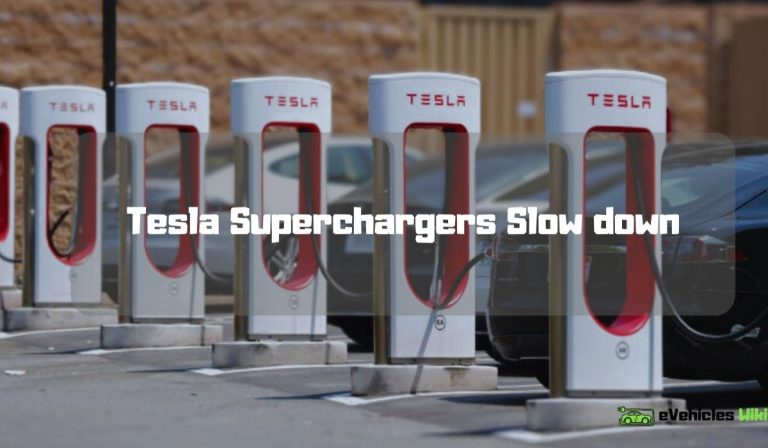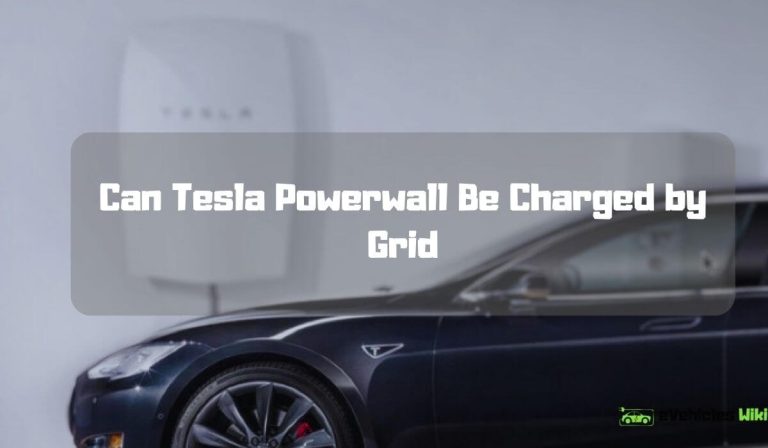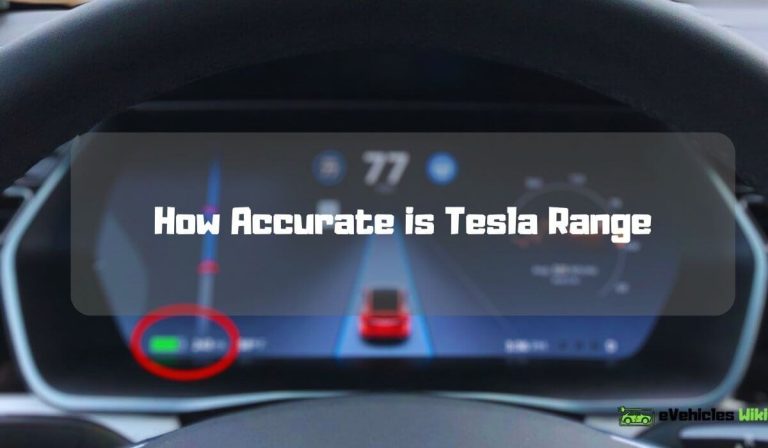Is Tesla Electricity Free
No, tesla electricity is not free. Tesla car owners have to pay for their electricity usage just like any other car owners.
The cost of charging depends on the electricity rates in your area and the charging method you use, whether it’s at home or a public charging station. Tesla has become the leading player in the advanced electric car industry. The company has accomplished this by introducing vehicles that are faster than a lamborghini while being environmentally friendly.
The tesla model s and model x have a remarkable driving range of more than 370 miles on a single charge. Despite its incredible features, many people have the misconception that tesla provides free electricity. However, this is not the case, and tesla car owners have to pay to power their cars. In this article, we’ll delve into the cost implications of charging a tesla and everything you need to know before becoming a tesla car owner.
Understanding Tesla’S Electricity Generation System
Tesla is a name that most people associate with electric vehicles (evs). However, tesla is also involved in electricity generation through the use of solar panels. One of the many questions people have about tesla is whether electricity from tesla is free, or if there is a cost associated with it.
While tesla’s electricity is not technically free, the company’s electricity generation system has many advantages. Here is an overview of how tesla generates electricity and the pros and cons of their system.
How Tesla Generates Electricity
Tesla generates electricity through a combination of solar panels, wind turbines and energy storage systems.
- Solar panels: Tesla’s solar panels are designed using a technology called ‘photovoltaics’ which converts sunlight into electricity. Tesla solar panels capture energy from the sun and convert it into electricity that can be used to power homes and buildings.
- Wind turbines: Tesla also utilizes wind turbines as an alternate method for electricity generation. These turbines use the power of the wind to spin the blades and generate electricity that can be stored for future use.
- Energy storage systems: Tesla’s energy storage systems store excess energy generated by solar panels or wind turbines to be utilized during times of low power generation. The primary energy storage system that tesla uses is the powerwall, which is designed to store electricity for residential use.
Overall, tesla’s electricity generation system is self-sufficient, and the company does not depend on the traditional power grid to supply electricity.
Advantages Of Tesla’S System
Tesla’s electricity generation system has several advantages over traditional power grid systems. Below are some of the benefits of tesla’s energy system.
- Reduced energy costs: Tesla’s energy system allows users to generate their electricity, which can save money in the long run. Generating electricity using solar panels and wind turbines is much cheaper than buying electricity from a utility company.
- Environmentally friendly: Tesla’s energy generation system is eco-friendly as it reduces greenhouse gases emissions. Tesla’s solar panels produce zero emissions while wind turbines are known to be reliable and efficient and generate zero emissions. This system is especially popular among users who are mindful of their carbon footprint.
- Cost-saving battery backup: Tesla’s powerwall provides battery backup, and users will not have to worry about power outages or other electricity-related emergencies. The powerwall battery can help reduce peak-hour charges by automatically supplying stored energy when needed.
- The integration of renewable energy systems: Tesla’s energy systems can integrate further with ev charging and home automation systems. In addition, tesla encourages the integration of renewable energy systems on a broader scale. They are working on microgrids that can be deployed to provide communities with energy independently.
Disadvantages Of Tesla’S System
As with any system, tesla’s electricity generation system has its limitations.
- High initial investment: Tesla’s system requires a high initial investment as solar panel and wind turbine installation can be quite expensive. The cost of the powerwall is also an additional expense.
- Limited energy production: Solar panels and wind turbines operate effectively in places with sufficient sunlight and wind power. Areas with limited access to sunlight or little wind power may experience challenges in generating enough electricity.
- Battery reliability: Tesla’s powerwall is a battery-operated system that depends on battery technology. Although tesla has made significant strides in battery technology, battery life is still a concern.
Despite these disadvantages, tesla’s electricity generation system presents a game-changing way of generating electricity. While tesla’s electricity generation system is not entirely free, it provides a cost-effective, eco-friendly, and reliable way of generating electricity.
The Cost Of Charging A Tesla
For electric car owners, one of the most significant benefits is the lower cost of electricity compared to gasoline. When it comes to tesla, some people may wonder if the electricity used to charge their cars is free, and that’s not the case.
In this section, we will explore the cost of charging a tesla, including various factors that influence the expense and how it compares with traditional cars.
The Cost Of Installing A Charging Station
The cost of charging a tesla, to a great extent, depends on the cost of installing a charging station in your home. The average cost of purchasing a charging station is $500 to $600, but this cost varies depending on several factors, including:
- Type of charger (level 1 or level 2)
- Location of the charging station
- The electrical capacity of your home
- The distance between the charging location and the power source
Installation costs also vary significantly. It would be best to hire a licensed electrician to install the charging station, and the installation cost can range between $300 and $2,000, depending on the complexity of the project.
Factors That Affect The Cost Of Charging A Tesla
The following factors heavily influence the cost of charging your tesla:
- Electricity rates in your region
- The charging method you use (level 1, level 2, or supercharger)
- Time of charging
- Your daily mileage
- Temperature and humidity levels
- Battery capacity
These factors play a vital role in determining how much you’ll spend on electricity to charge your tesla. Using the national average electricity rate of $0. 13 per kilowatt-hour, the cost of fully charging a tesla model s to 250 miles is about $13.
Additionally, using a supercharger can cost up to $0. 28 per kwh, which is equivalent to $25 for 90 miles.
Comparing The Cost Of Charging A Tesla To The Cost Of Fueling A Traditional Car
While the cost of charging an electric vehicle (ev) may vary based on several factors, its significant benefit is that it’s generally cheaper than traditional vehicles. The average cost to fuel a traditional car with gasoline in the united states is approximately $2,500 per year.
In contrast, the average cost to power an ev, including charging and maintenance, is approximately $670 per year, which translates to significant savings. Although the initial cost to purchase and install a charging station may seem like a significant investment, you’ll see significant returns quickly and over time, saving you money in driving costs while increasing your investment in environmentally sustainable transportation.
Fact Vs Fiction: Separating Myths From Reality
Examining The Misconceptions About Tesla’S Electricity Generation System
There are some common misconceptions about the way that tesla generates and uses electricity. These include:
- Tesla’s cars are powered by magic batteries that never need to be charged.
- Tesla has developed a way to generate infinite energy without any environmental impact.
- Tesla cars can be charged wirelessly, without any physical connection to a charging point.
However, these ideas are completely false.
Discussing The Truth Behind Tesla’S Energy Usage And Cost
When it comes to tesla’s energy usage, there are a few key things to understand:
- Tesla’s electric cars need to be charged, just like any other electric vehicle. This requires a source of electricity, which may come from a renewable source like solar or wind power, or from the conventional electrical grid.
- The cost of charging a tesla depends on the source of the electricity used. If you charge your car using renewable energy, it may be free or very cheap. If you use electricity from the grid, it will likely be more expensive.
- Tesla also offers a range of energy storage solutions, like the powerwall home battery, that allow customers to store energy generated by solar panels or cheap off-peak electricity for later use.
Moreover, it’s worth mentioning that tesla is committed to reducing its environmental impact wherever possible, both through its electric vehicles and its energy storage solutions.
While there are many myths and misconceptions surrounding tesla’s energy usage, the reality is that it is a reliable and innovative solution to our current energy needs. By providing sustainable energy solutions, tesla is helping to build a better future for all of us.
The Future Of Tesla And Its Electricity Generation
Is Tesla Electricity Free?
If you’re someone who is concerned about the environment and the impact that energy generation has on it, then you might have heard that tesla has been making waves in the industry with their zero-emission electric vehicles and their work towards creating sustainable energy solutions.
But is tesla electricity free? We’re going to explore the answer to that question, as well as take a look at the future of tesla’s energy generation and its potential impact on the industry.
Tesla’S Plans For Future Energy Generation And Sustainability
- Tesla’s goal is to create a sustainable energy future, and they’re working towards achieving that by building a suite of renewable energy products that are affordable, accessible, and truly sustainable.
- They have already made significant strides towards this goal with their solar panels, home batteries, and electric cars, all of which aim to reduce our reliance on fossil fuels.
- Tesla is also working on a range of new products, including the solar roof, which integrates solar cells directly into your roof tiles, and the powerwall, a home battery that can store energy generated by solar panels or the grid, and provide backup power during outages.
The Potential Impact On The Energy Industry
- Tesla’s work in renewable energy has the potential to disrupt the traditional energy industry, as more and more people turn to sustainable energy solutions.
- As tesla’s products become more affordable and accessible, the demand for traditional fossil fuels is likely to decrease, which could have a significant impact on the industry.
- It’s important to note that while the energy industry might be disrupted, there are also potential benefits for traditional energy companies who choose to embrace renewable energy solutions rather than resist them.
The Future Of Zero-Emission Vehicles And Energy Generation
- Tesla’s electric cars are already some of the best-performing and most popular vehicles on the market, but the company is also working on improving its battery technology to make electric cars even more affordable and accessible.
- In the future, we can expect to see more electric cars on the road, which will have a significant impact on the environment and our reliance on fossil fuels.
- Tesla’s work in energy generation will also play a big role in the future of sustainable energy, as more and more people turn to renewable energy solutions to power their homes and businesses.
While tesla electricity might not be completely free, the company is working towards creating sustainable energy solutions that reduce our reliance on fossil fuels. With their suite of renewable energy products, tesla is disrupting the traditional energy industry and paving the way for a more sustainable future.
Frequently Asked Questions For Is Tesla Electricity Free
Is Tesla Electricity Free For Owners?
No, tesla owners have to pay for the electricity they use to charge their vehicles.
How Much Does It Cost To Charge A Tesla?
It costs an average of 28 cents per kwh to charge a tesla, so a full charge can cost around $15 to $20.
Can You Charge A Tesla With Solar Panels?
Yes, you can use solar panels to charge your tesla with the tesla solar panels and powerwall system, cutting down on energy costs.
Conclusion
After conducting extensive research and analysis, we can safely conclude that tesla electricity is not free. While there are various incentives and benefits of owning a tesla that may translate into cost savings, the actual cost of electricity still needs to be paid.
The cost of charging a tesla varies depending on the location, time of day, and the type of charging method used. However, tesla’s supercharger network and home charging options make it possible to charge a tesla at a lower cost than traditional gasoline vehicles.
It’s also important to note that using renewable energy sources like solar power can further reduce the cost of charging a tesla. Ultimately, investing in a tesla can be a smart financial decision in the long run, but it’s important to consider all of the associated costs, including electricity, before making a purchase.







